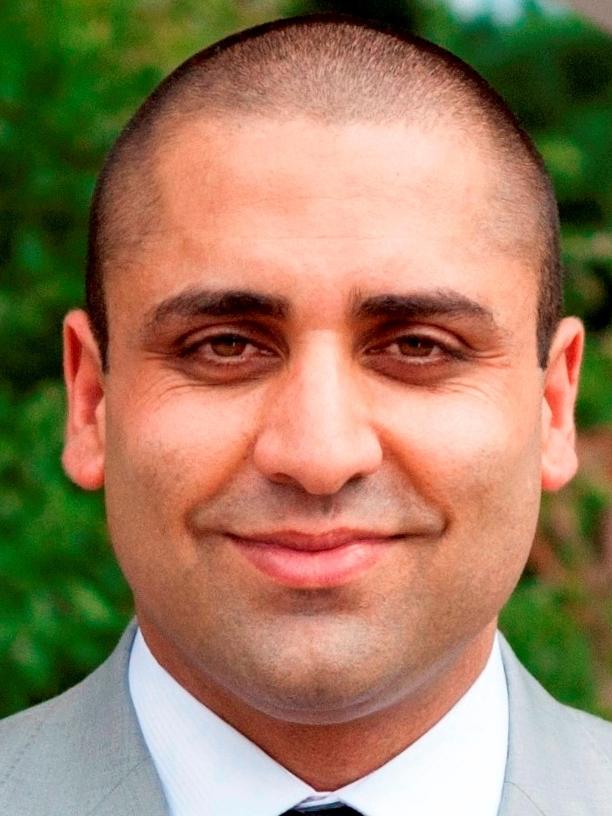Why childcare reforms need to heed lessons from aged care funding

The federal government’s commitment to fund a pay rise for early childhood educators is hugely important. This is an essential part of properly valuing the crucial role that they play in giving our children a good start in life. And it will also help address workforce shortages that are impacting on the availability of places where they are really needed.
Now, its focus is shifting to affordability.
We can all agree that when cost of living concerns are front and centre, childcare costs are a major issue for young families.
We really need to make sure that we get this right.
The debate about how to address this issue tends to focus on two basic approaches – “supply-side funding”, where childcare centres are directly funded by government, or “demand-side funding” along the lines of the current system of families receiving childcare subsidies.
Under a supply-side model, all parents would be charged the same nominal daily fee regardless of their income.
It sounds simple. But the devil is in the detail.

The key to this approach is that government must get the funding levels right. Otherwise, quality and availability will suffer. In Canada, when the government started funding childcare centres directly, some were forced to close, quality standards dropped and waiting lists ballooned. That was three years ago, and the system is still recovering.
Here in Australia, a “one size fits all” approach will not cater for the broad diversity of our community. And if we adopt an approach that will take years to properly introduce it will impact on how quickly families will benefit. Families need help now.
We have had a supply-side funding model in aged care. All sides of politics and the community recognise that it has failed to meet the needs of our elderly. That’s why the government, with the support of the opposition, has recently passed major reforms to meet our future needs.
In an early childhood education context, such a mechanism threatens the high-quality and qualified care that parents have rightly come to expect.
As the government contemplates reforming our sector, it has a rare chance to learn from past mistakes in sectors like aged care.
New research from public policy consultants dandolopartners, commissioned by ACA, compared the aged care and early childhood education sectors and examined the impacts of different funding models. The research found that moving to a supply-side funding model in the childcare sector – often referred to as the “$10 a day” model – risks childcare centres being forced to adopt a minimalist approach, undermining quality, and could make some childcare centres unviable.
The report serves as a warning that if government funding levels are set too low – as they were for years in the aged care sector – it will compromise the quality of early childhood education and care.
It also details how a lack of funding would make it harder to maintain and improve facilities. This is exactly what happened in aged care, where there was little capacity to invest for future demand or ensure upgrades were funded.
Investment in new centres could dry up, making it harder to meet the needs in newer suburbs. Moreover, the high-quality service inclusions so valued by parents – such as sports, music and excursions – will disappear as providers are forced to match their services to government funding levels.
Families, early learning service providers and workers will be directly impacted by whatever pathway the government chooses. We must protect the quality of early childhood education and care for Australian children.
At the government’s request, the Productivity Commission and the Australian Competition and Consumer Commission held lengthy and comprehensive investigations into the sector, proposing solutions that would ensure the consistent delivery of affordable, high-quality early learning services.

Both made a series of sensible, practical recommendations aimed at completely transforming the existing Child Care Subsidy, to make childcare more affordable and support the establishment of new childcare centres in communities that need them.
In contrast to the “$10 a day” model, their recommended approach would be far easier, deliver cost-of-living relief sooner, and wouldn’t jeopardise the high-quality standards we have today.
Education Minister Jason Clare put it best last month when he said “it’s not babysitting. It’s early education and it’s critical to preparing children for school.”
Today, children from birth to age five receive high-quality care and a great early education in more than 4500 small to medium family-run childcare services across the country. Let’s not put our children’s future at risk.
Paul Mondo is president of the Australian Childcare Alliance, which represents more than 3000 small to medium family-run childcare businesses, representing 4500 services across the country.






Parents, government and the sector are all united in wanting childcare to be three things: available, affordable and high-quality.